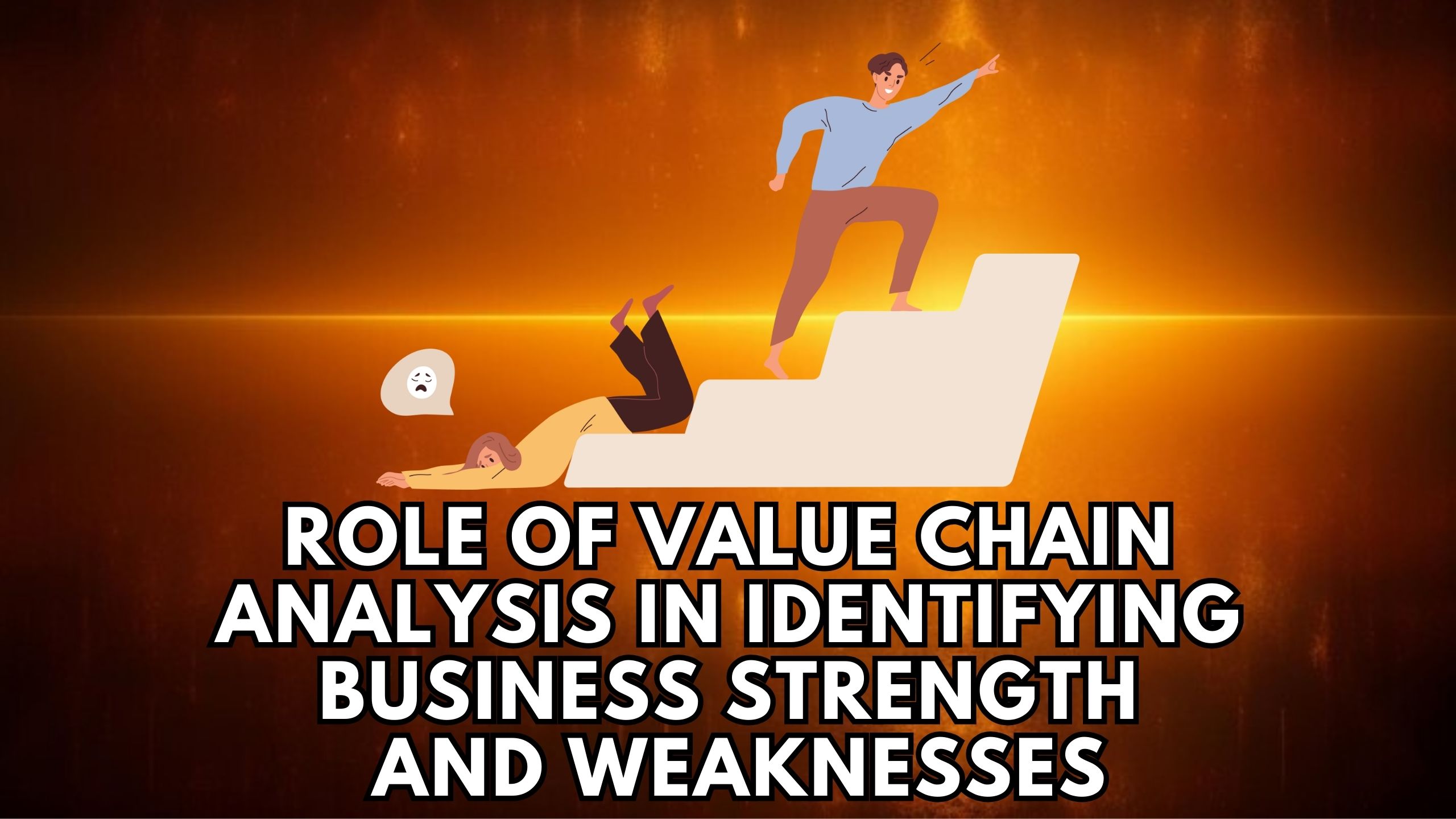Role of Value Chain Analysis in Identifying Business Strengths and Weaknesses
- Expense Management Software Credit Cards Investing Business Solutions


Role of Value Chain Analysis in Identifying Business Strengths and Weaknesses
In the dynamic landscape of business, understanding and optimizing your value chain is crucial for sustained success. This blog delves into the intricacies of value chain analysis and its pivotal role in unveiling a company’s strengths and weaknesses. We’ll explore this concept through the lens of five relevant SaaS products, each contributing uniquely to the business value chain.
Unveiling Business Dynamics: The Essence of Value Chain Analysis
What is Value Chain Analysis?
Value chain analysis involves breaking down a company’s operations into primary and support activities to understand where value is created. This strategic tool enables businesses to identify areas of competitive advantage and recognize potential weaknesses, ultimately enhancing overall performance.
The Crucial Connection: Value Chain and Business Strategy
Value chain analysis forms the bedrock of strategic planning. By dissecting operations into distinct components, businesses gain insights into cost drivers, differentiation factors, and areas ripe for improvement. This strategic clarity is vital for informed decision-making and sustainable growth.
The SaaS Players in Value Chain Optimization
1. Enhancing Project Management: Asana
Asana streamlines collaboration and task management, optimizing operational processes within the value chain. Its intuitive features enhance efficiency, contributing to smoother project workflows and overall business productivity.
2. Navigating Customer Relationships: HubSpot
HubSpot’s CRM solutions play a pivotal role in managing customer interactions. By centralizing customer data and automating marketing processes, it adds significant value to the customer relationship management aspect of the value chain.
3. Financial Efficiency at its Core: QuickBooks
QuickBooks simplifies financial management, a crucial support activity in the value chain. By automating accounting processes, it ensures accuracy and timeliness, contributing to the overall financial health of the business.
4. Strategic Decision Support: Tableau
Tableau provides powerful data visualization tools, aiding in strategic decision-making. Its role in transforming data into actionable insights contributes to the intelligence and analysis phase of the value chain.
5. Seamless Communication: Slack
Slack facilitates seamless communication, connecting teams and supporting collaboration. Its contribution to internal communication enhances the efficiency of both primary and support activities in the value chain.
Conclusion: Empowering Business Evolution
In conclusion, value chain analysis serves as a compass for businesses navigating the complex terrain of competition. By understanding the distinct roles of primary and support activities, companies can strategically position themselves for success and longevity.
Unlock the Power of Value with Subscribed.fyi!
Ready to optimize your business value chain? Subscribed.fyi is your gateway to unlocking exclusive member-only deals on 100+ SaaS tools. Sign up for free today and harness the power of strategic decision-making while enjoying substantial savings.





